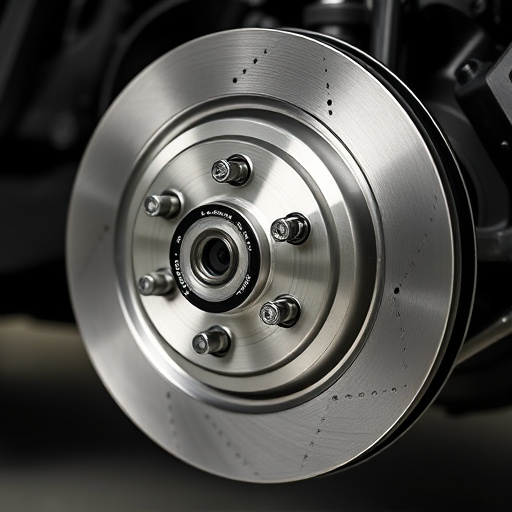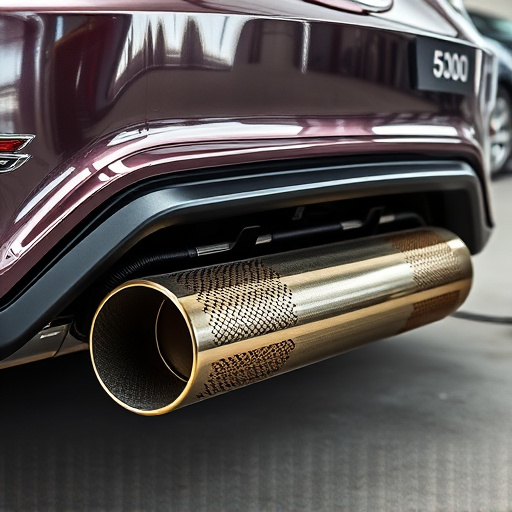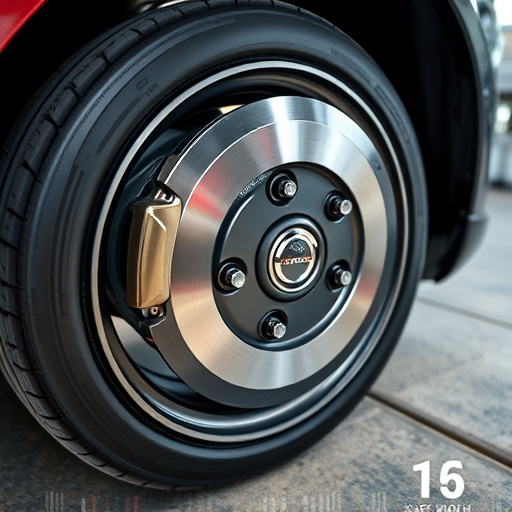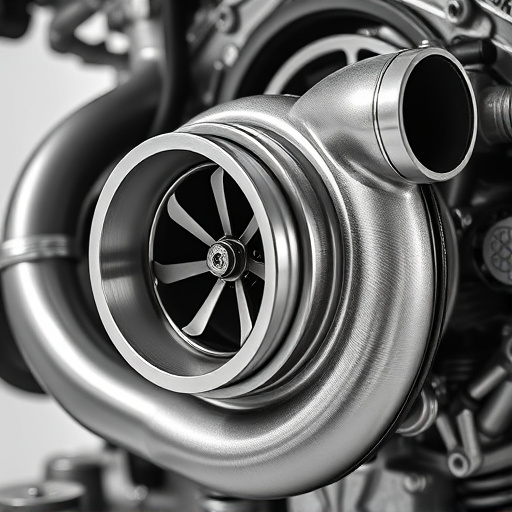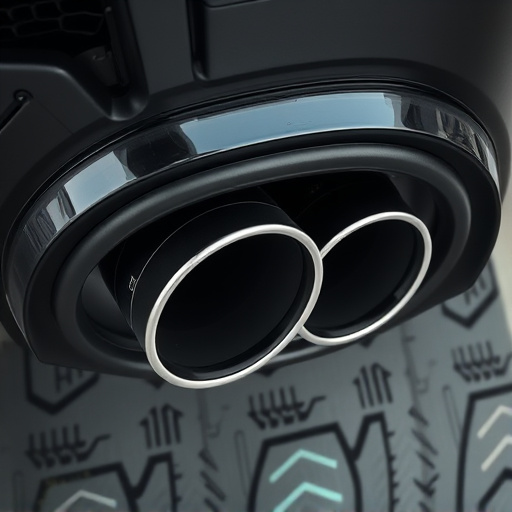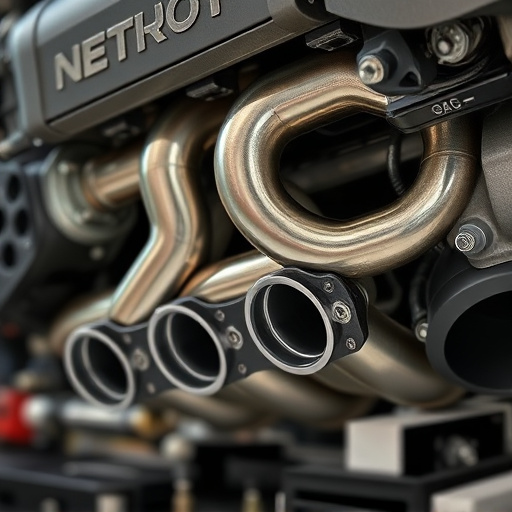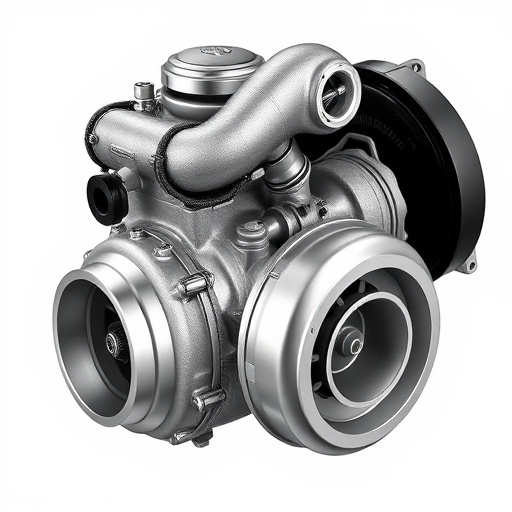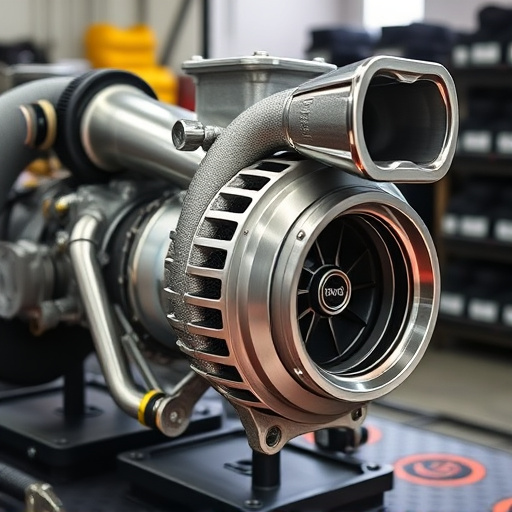The text introduces "quiet performance exhaust" as an automotive engineering marvel, aiming to reconcile powerful dynamics with noise reduction for a superior driving experience during acceleration. This strategy employs advanced materials, engineered components, and noise-canceling techniques, integrating seamlessly with existing systems. Key benefits include minimized urban noise pollution, improved engine response, smoother acceleration, prolonged brake rotor life, and enhanced overall vehicle performance. Engineering challenges involve balancing power and noise reduction, optimizing catalytic converter efficiency, and integrating advanced suspension components for stability during rapid acceleration, ultimately delivering a robust and quiet driving experience.
Introducing the revolutionary concept of Quiet Performance Exhaust—a game-changer in automotive engineering. This cutting-edge technology is designed to deliver a unique driving experience by combining powerful performance with unparalleled silence. In today’s digital era, drivers seek not just speed but also a refined, peaceful journey.
This article explores how quiet performance exhaust systems enhance smooth acceleration, offering a comprehensive guide to their design and advantages.
- Understanding Quiet Performance Exhaust: The Concept
- Advantages of Implementing Quiet Performance Exhaust Systems
- Designing for Smooth Acceleration: Techniques and Considerations
Understanding Quiet Performance Exhaust: The Concept
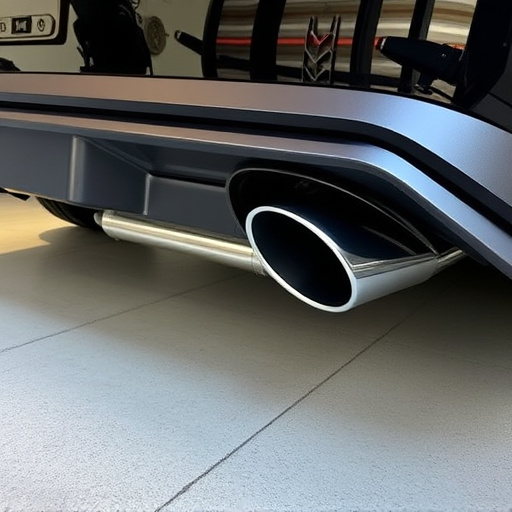
The term “quiet performance exhaust” refers to a unique approach in automotive engineering that prioritizes both powerful vehicle performance and minimizing noise pollution. This concept is not just about creating a quieter drive; it’s a sophisticated design strategy aimed at enhancing overall vehicle dynamics, especially during acceleration. The system typically incorporates advanced materials, carefully engineered components, and innovative noise-canceling techniques to deliver a refined driving experience.
By focusing on quiet performance exhaust, manufacturers strive to create high-performance parts that seamlessly integrate with the vehicle’s existing systems. This includes optimizing the flow of gases through the exhaust system while also addressing sound waves that can negatively impact driver comfort and the overall vehicle performance. Additionally, using performance air filters and other advanced filtration systems becomes a crucial aspect in achieving both silent operation and maximum efficiency during acceleration.
Advantages of Implementing Quiet Performance Exhaust Systems
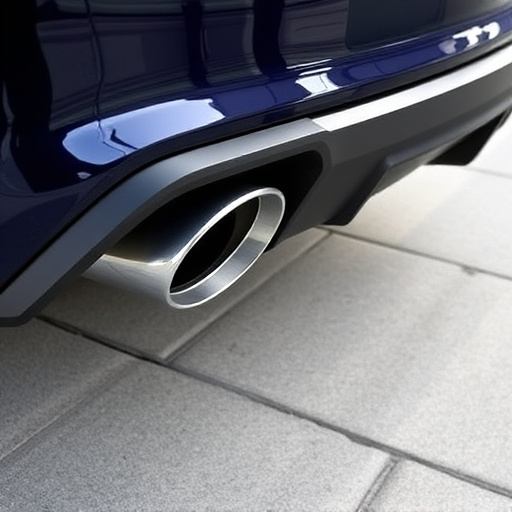
Implementing quiet performance exhaust systems offers a range of advantages for vehicle owners and enthusiasts. One of the key benefits is the improved driving experience. These advanced exhaust systems are designed to minimize noise pollution, ensuring a quieter ride for both the driver and passengers, which can be particularly appealing in urban environments where noise levels are already high.
Additionally, quiet performance exhausts enhance vehicle performance by optimizing gas flow and reducing backpressure. This efficiency contributes to better engine response and smoother acceleration, allowing drivers to enjoy a more responsive and enjoyable driving experience without compromising on comfort. Furthermore, these systems often incorporate high-quality materials and innovative designs, such as advanced exhaust mufflers, which can help prolong the life of brake rotors by reducing heat transfer from the exhaust gases.
Designing for Smooth Acceleration: Techniques and Considerations
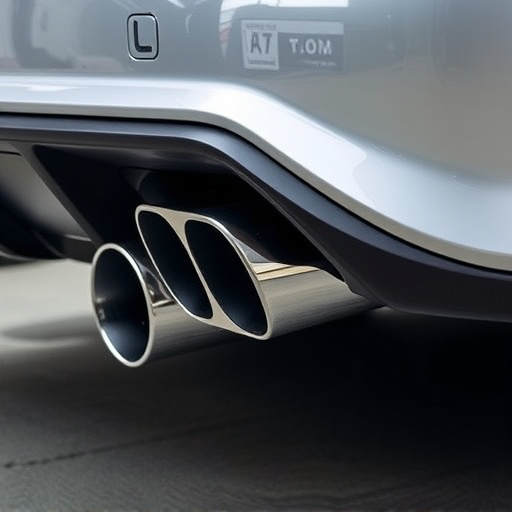
Designing for smooth acceleration in vehicles equipped with quiet performance exhaust systems involves a delicate balance between power and noise reduction. Engineers must consider the interaction between the engine, transmission, and exhaust components to ensure seamless responsiveness during driving. One key technique is optimizing the catalytic converter’s efficiency, which not only reduces noise but also improves vehicle performance by minimizing harmful emissions. Additionally, integrating advanced suspension components can help in maintaining stability and control while enhancing the overall driving experience, especially during rapid acceleration.
A crucial aspect of achieving smooth acceleration is the design of the cat-back exhaust system. By carefully routing exhaust gases away from the engine, engineers can minimize backpressure, allowing for more efficient combustion and improved vehicle performance. This involves precise engineering to ensure that sound waves are managed without compromising the quiet operation intended by the “quiet performance exhaust” concept. Balancing these factors results in a vehicle that offers both robust performance and an enjoyable driving experience without excessive noise.
The integration of quiet performance exhaust systems offers a revolutionary approach to automotive engineering, combining powerful performance with an enhanced driving experience. By prioritizing smooth acceleration and minimizing noise pollution, these exhaust designs cater to modern drivers’ demands for both speed and tranquility. Through advanced materials, precise engineering, and innovative silencing technologies, quiet performance exhausts deliver a seamless blend of efficiency and aesthetics, solidifying their place as a game-changer in the automotive industry.






